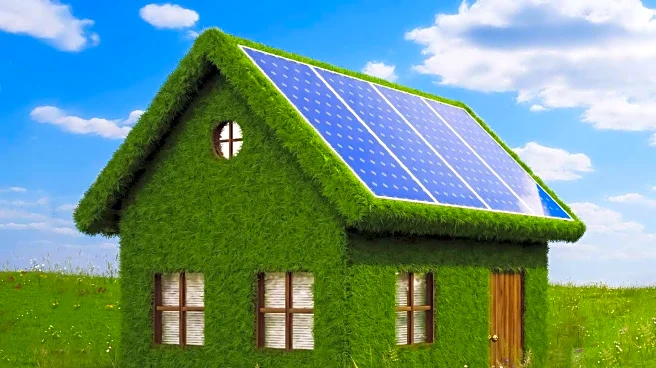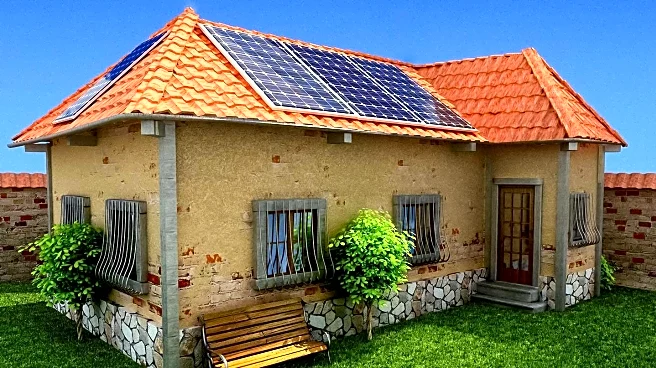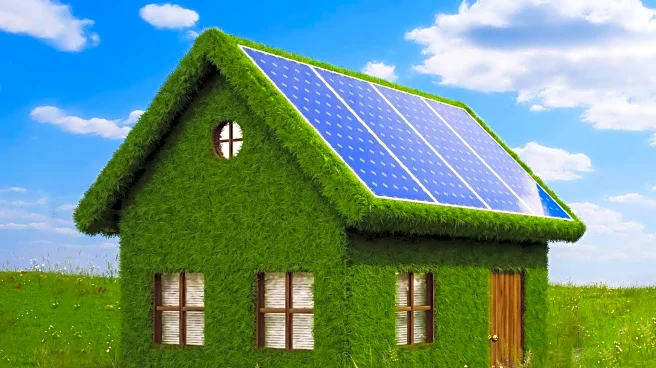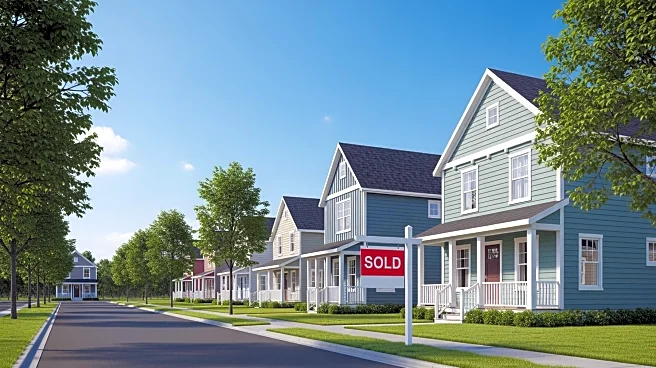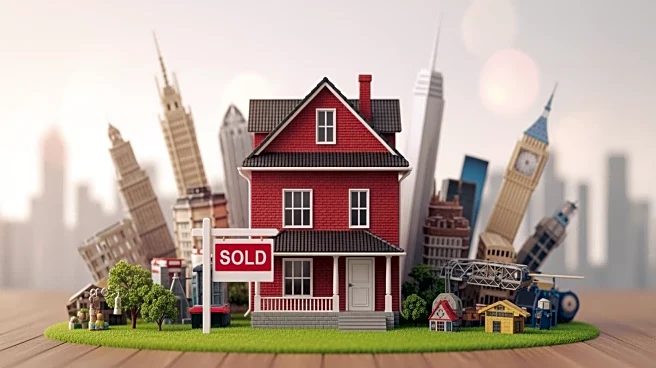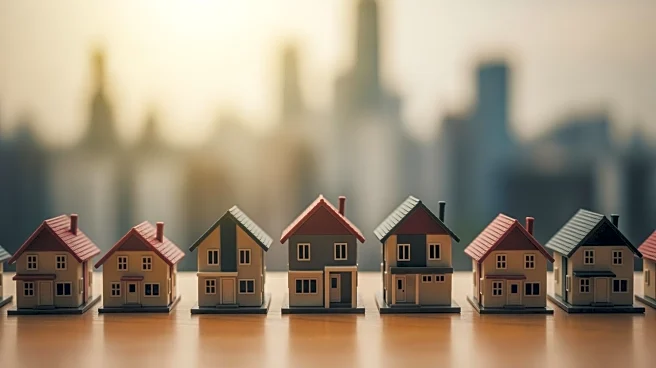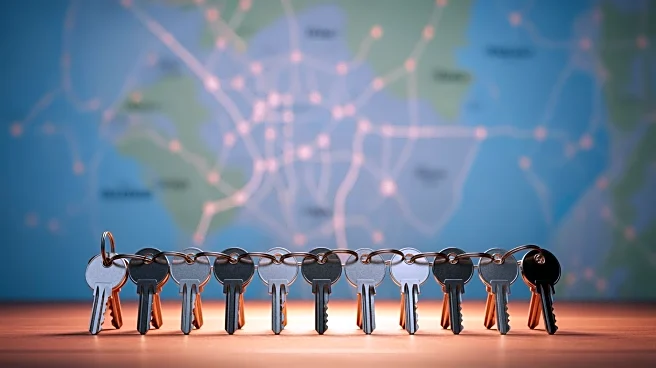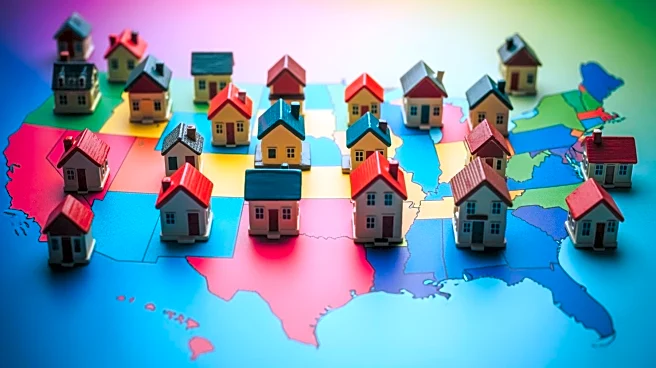What's Happening?
Realtor.com has released its 2025 Home Trends Report, highlighting a shift in U.S. homeowners' preferences towards sustainable and efficient home features. The report indicates a significant increase in the
mention of WaterSense Fixtures, which reduce water usage by at least 20%, with a 289.6% year-over-year rise. Homes with these features have a median listing price of $628,000, appealing to mid- to upper-tier markets. Other trends include Net-Zero Ready homes and EV Charging features, reflecting a growing interest in reducing utility costs and preparing for an all-electric future. Additionally, biophilic design, which integrates nature into living spaces, has seen a 163% increase, appealing to luxury buyers with a median list price of $859,000.
Why It's Important?
The shift towards sustainable and efficient home features is significant as it reflects broader societal trends towards environmental consciousness and cost-saving measures. As energy costs rise and climate concerns become more pressing, homeowners are increasingly viewing eco-friendly upgrades as both a lifestyle choice and a financial investment. This trend could influence the real estate market by increasing the demand for homes with sustainable features, potentially driving up prices in certain segments. It also highlights the growing importance of integrating technology and nature in home design, which could lead to innovations in construction and architecture.
What's Next?
As these trends continue to gain traction, real estate developers and builders may increasingly focus on incorporating sustainable and efficient features into new homes. This could lead to a rise in the availability of eco-friendly homes, potentially influencing market dynamics and pricing. Additionally, homeowners may seek to retrofit existing properties with these features, driving demand for related services and products. The emphasis on sustainability and efficiency is likely to persist, shaping future home design and construction practices.
Beyond the Headlines
The growing popularity of sustainable home features may also have cultural implications, as it reflects a shift in values towards environmental stewardship and resource conservation. This trend could influence consumer behavior beyond the housing market, encouraging more sustainable practices in other areas of life. Furthermore, the integration of technology in home design highlights the increasing role of digital connectivity in everyday living, which could have long-term impacts on lifestyle and work habits.
